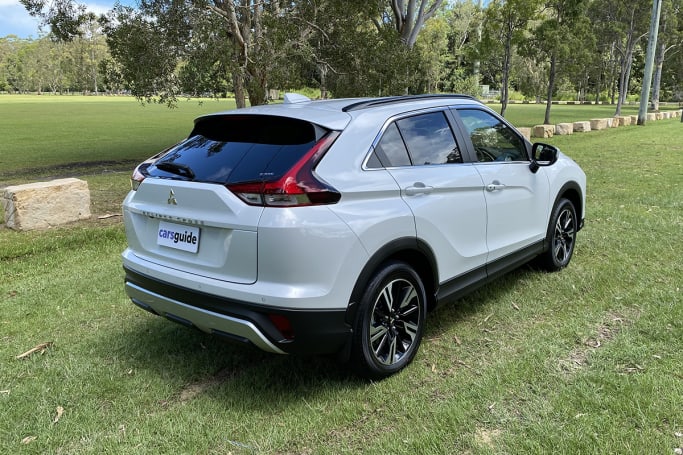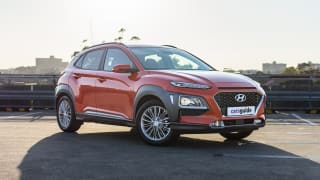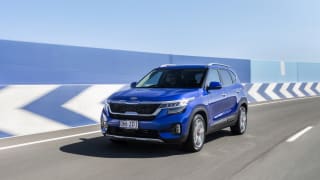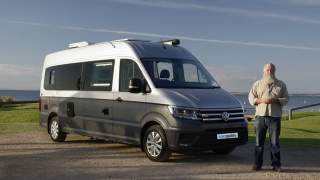One glance at the updated Eclipse Cross and it is immediately clear that things have changed. The front end sports a decidedly more chiselled look with a funky mesh grille, seen recently on the Triton and Pajero Sport, now doing duty here, and sculpted LED running lights and elongated chrome surrounds enhancing the flirtation with new age design.

It is around back, however, that the boldness really takes shape – the view-hindering split rear glass has made way for a more traditional window, thank goodness, with new tail lights that extend grandly to the roof.
Things have been tidied up a touch on the inside too, but the juxtaposition of cheap and cheerful with refined quality remains. The cloth seats in the LS AWD are nicely proportioned and comfortable, while the new 8.0-inch touchscreen, now better positioned for the driver, is a further tick for a well-designed cabin. The touchpad control has made way for good old buttons and dials, not only eliminating frustration but also adding a handy storage space.


















 Haval Jolion
Haval Jolion